Curtiss P-40C (Hawk 81-A2)
AVG "Flying Tigers"
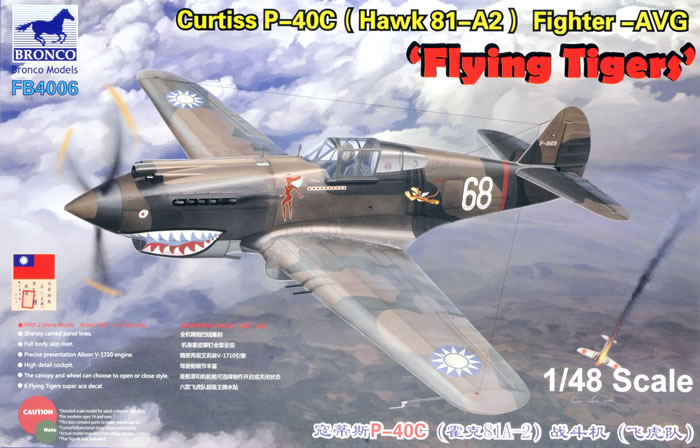
Bronco, 1/48 scale
S
u m m a r y : |
Description and Item No.: |
Bronco Kit No. FB4006 - Curtiss P-40C (Hawk 81-A2) Fighter AVG "Flying Tigers" |
Contents and Media: |
157 parts in medium grey plastic; nine parts in clear plastic; small photo-etched fret with six parts; one decal sheet covering six AVG subjects; full sized blood chit printed on fabric. |
Price: |
TBA |
Scale: |
1/48 |
Review Type: |
First Look |
Advantages: |
Crisp recessed panel lines and very fine rivet lines; good level of detail including engine; poseable flaps, elevators and rudder; shapes and dimensions look good; love the blood chit! |
Disadvantages: |
Very shallow cockpit; heavily exaggerated fabric sag; bulbous windscreen and canopy cross section; some detail shape problems (propeller blades; gap-toothed cowl flaps; shrinking radiator ducting etc.); thick horizontal tail planes. |
Recommendation: |
With its high level of detail, state-of-the-art surface textures and relatively modest parts count, Bronco's new kit should be the obvious choice as the best 1/48 scale P-40B/C released to this time. However, a number of almost inexplicable detail issues draw attention away from the high points.
The shallow cockpit is a particular mystery, as the issue has been discussed ad nauseum since exactly the same problem surfaced in the Trumpeter 1/32 and 1/48 scale kits more than ten years ago.
Bronco's 1/48 scale P-40C is certainly an improvement over the Hobbycraft and Trumpeter kits, but I can't help thinking that it could have been so much better with more careful research and a little consultation.
Even so, for those who worry about these things (myself included), most of the issues can be addressed by the after market and elbow grease.
Recommended, as long as you don't mind a bit of extra work. |
Reviewed by Brett Green

G.W.H.s 1/48 scale T-33A Shooting Star will be available online from Squadron.com
The Curtiss P-40 Warhawk was an American single-engined, single-seat, all-metal fighter and ground-attack aircraft that first flew in 1938.
The P-40 design was a modification of the previous Curtiss P-36 Hawk which reduced development time and enabled a rapid entry into production and operational service.
The Warhawk was used by most Allied powers during World War II, and remained in frontline service until the end of the war.

It was the third most-produced American fighter, after the P-51 and P-47. By November 1944, when production of the P-40 ceased, 13,738 had been built, all at Curtiss-Wright Corporation's main production facilities at Buffalo, New York.
P-40 Warhawk was the name the United States Army Air Corps and after June 1941, USAAF-adopted name for all models, making it the official name in the United States for all P-40s.
The British Commonwealth and Soviet air forces used the name Tomahawk for models equivalent to the P-40B and P-40C, and the name Kittyhawk for models equivalent to the P-40D and all later variants.*
Previous 1/48 scale P-40B/C Kits
Monogram released their 1/48 scale P-40B around 1964. It was an excellent kit in the 1960s but suffered from attributes that would cause most modellers to shun it today - raised panel lines and a very basic level of detail. In its favour though, the shapes were accurate.
That is more than could have been said for the Hobbycraft 1/48 scale P-40B kit, released in the 1990s. Its biggest problem was that the section of the fuselage under the wings was not represented correctly. Rafe Morrissey published an article on how to address this and other problems associated with Hobbycraft's unloved Hawk.
Next up to bat was Trumpeter. Their 1/32 scale P-40B kit had drawn flak two years previously due to a ridiculously shallow cockpit, poorly shaped tail planes and other shape and detail issues. Sadly, most of these errors plus very heavy surface textures were foisted on their 2004 1/48 scale kit.
So in 2016, we are still waiting for a decent 1/48 scale P-40B/C.
Has Bronco delivered?
Bronco's 1/48 scale Curtiss P-40C (Hawk 81-A2) comprises 157 parts in medium grey coloured plastic, nine parts in clear, one small photo-etched fret with six parts and a large decal sheet with six AVG marking options.
The kit also includes a full-sized blood chit printed on fabric. This is really quite impressive.
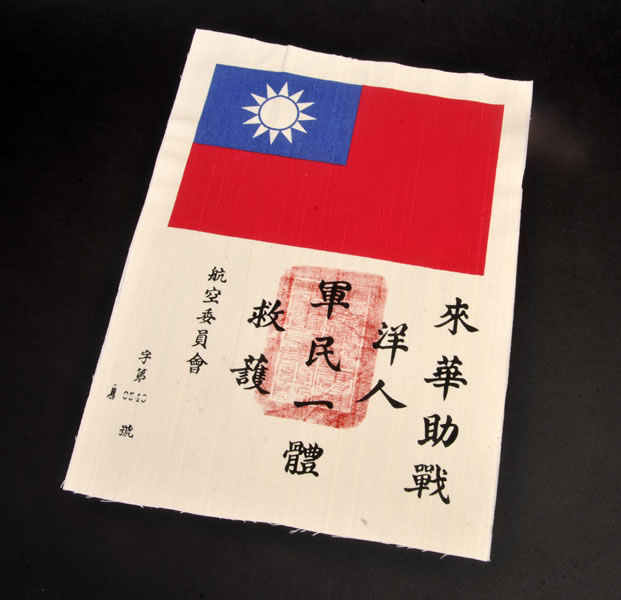
The model features a full engine that may be displayed with the cowls off, or behind clear side engine cowlings.
Surface textures are really very nice. The fuselage is particularly good, featuring crisply recessed fine panel lines and lines of barely perceptible rivets.
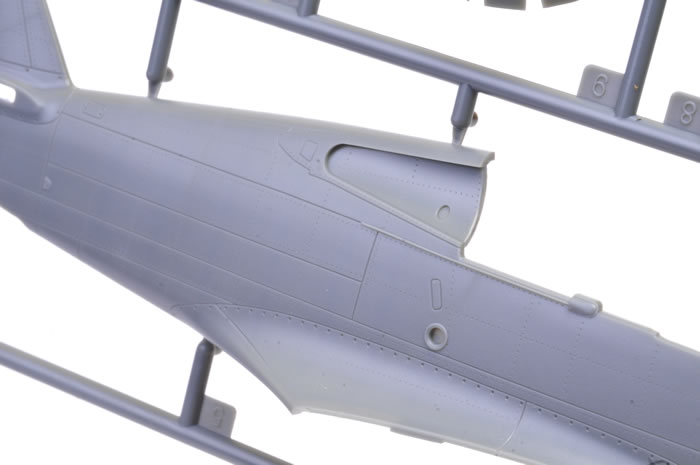
The panel lines are a little heavier on the wings but the rivets are equally nice.
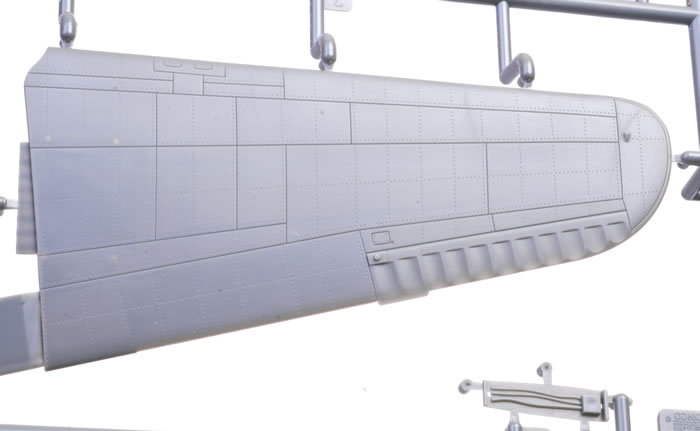
The only area that lets the surface textures down is the fabric control surfaces. These feature heavily exaggerated sag. You're going to need more than a coat or two of Mr Surfacer to fill in these undulations!
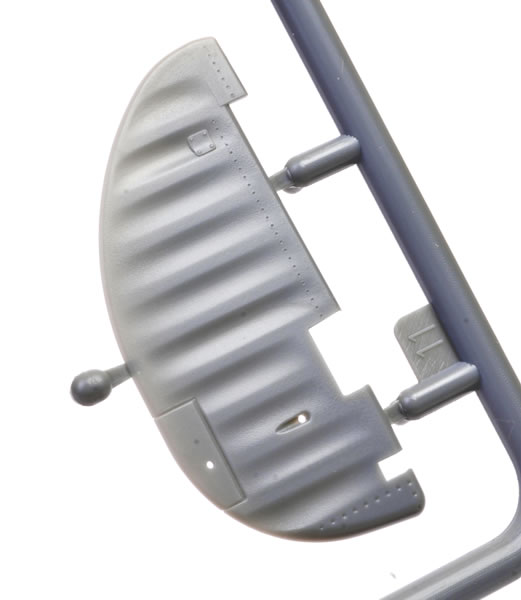
I have compared the overall shapes and dimensions to a set of Kagero plans, and also against some factory drawings and many reference photos. My conclusions represent my opinion only, and there is certainly a wide range of interpretations that might be applied due to the variations between drawings.
In general, the dimensions and overall shapes look close to the Kagero drawings. The biggest discrepancy is the shape of the wing tips, which are a fairly uniform curve on the Kagero drawings but a more subtle shape on the kit - a wider curve leading to a tighter curve approaching the leading edge. Looking at reference photos and other drawings I am confident that the kit has this right.
Another area of discrepancy is the shape of the elevators. The kit elevator trailing edge profile is incorrect.
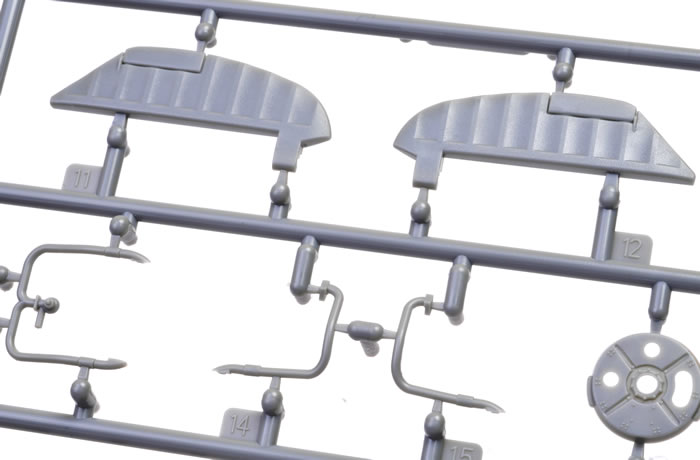
The kit's rudder also has a flat spot in its curve at the trailing edge. It should be a smooth curve all the way.
Horizontal stabilisers, elevators and rudder all look overly thick too.
The chin does not quite conform to the Kagero drawings either. It seems a little deeper at the opening than the drawings. However, comparing the kit parts to reference photos, I think I would give Bronco the benefit of the doubt in this controversial area.
Detail Issues
So far, so good. Nice surface textures, generally accurate.
There are, however, a number of detail issues that need to be addressed.
The most glaringly obvious is The Return of the Notorious Shallow Cockpit.
This recurring problem first appeared in the 2002 Trumpeter 1/32 scale P-40B. The kit included cockpit sidewalls that were between one third and one half too shallow. The cockpit also suffered from a flat floor and a strange, squat pilot's seat.
This problem was quickly recognised and frequently discussed in reviews and discussion forums, but exactly the same issue was repeated in Trumpeter's 1/48 scale P-40B released in 2004.
Remarkably, the same shallow cockpit appeared in Vintage Fighter Series' 1/24 scale P-40B, released in 2005.
The shallow cockpit plague has now infected the Bronco 1/48 scale P-40C too. This brand new kit features almost exactly the same dimensional errors - the shallow sidewalls, flat floor, stumpy round-backed seat with raised horiziontal lines and impossible to reach rudder pedals.
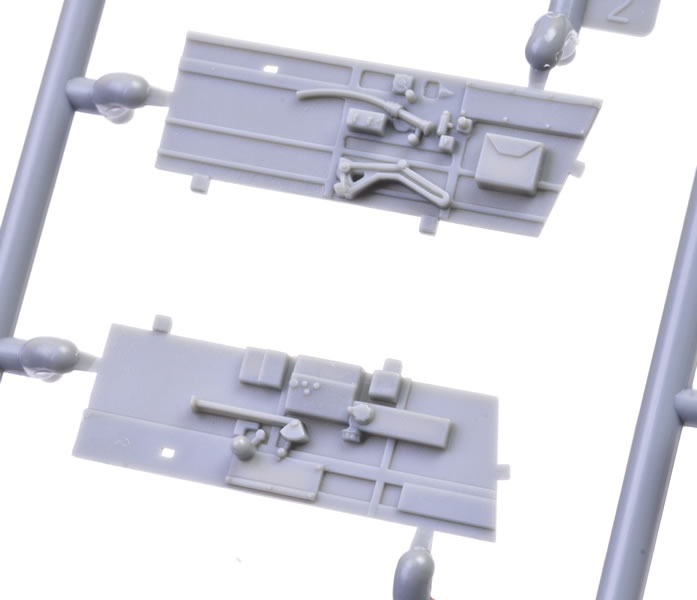
The only difference is that this model has shoulder straps moulded to the back of the seat (no lap straps though). In fact, the seat in this AVG machine should actually be square-topped and feature a wide lap harness only - no shoulder straps.
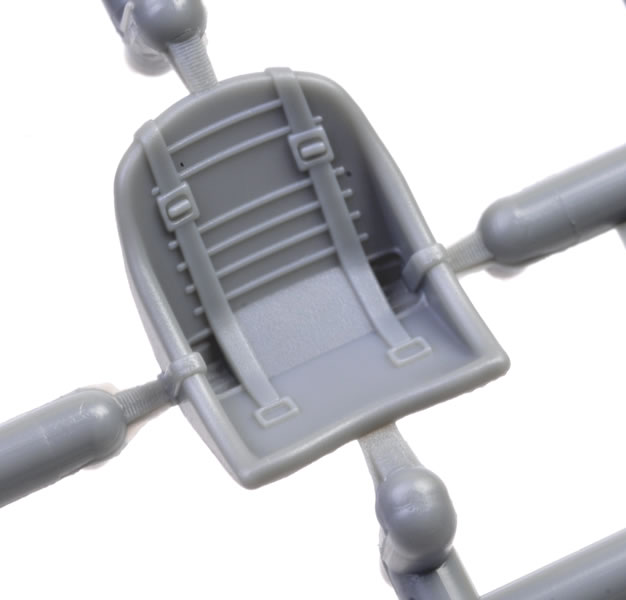
Fortunately, there have been a number of P-40B/C cockpits released in resin and photo-etch over the years, including Legends, Cutting Edge and Eduard. I would also recommend seeking out Ultracast's resin P-40 AVG seat with lap harness.
The next issue relates to the windscreen and canopy. Where the real windscreen and canopy cross section featured flat angled sides and a fairly narrow curved top, Bronco has depicted these with a wide arch cross section instead. As a result, the canopy and windcreen look strangely bulbous.
The windscreen is also moulded with two vertical panel lines at the front. These should not be present.
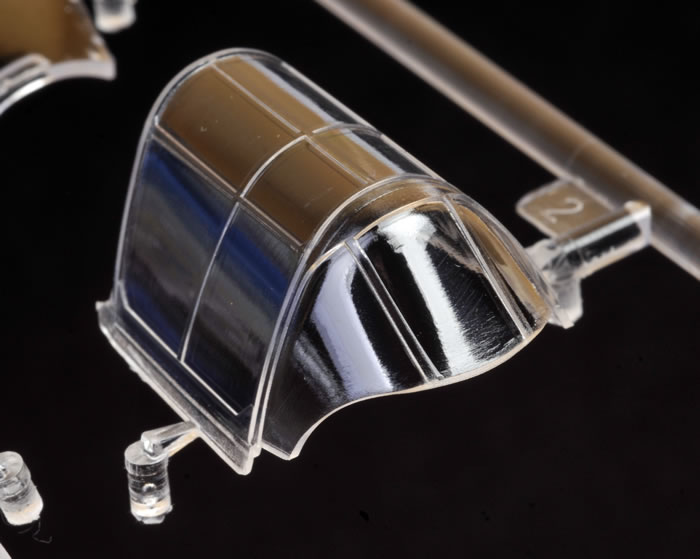
I have compared the Falcon 1/48 scale P-40B/C vacform canopy to the kit canopy. The Falcon canopy is the same width as the Bronco canopy at the base, so it should be possible to replace the kit's plastic parts with Falcon's much better shaped vacform windscreen and sliding section.
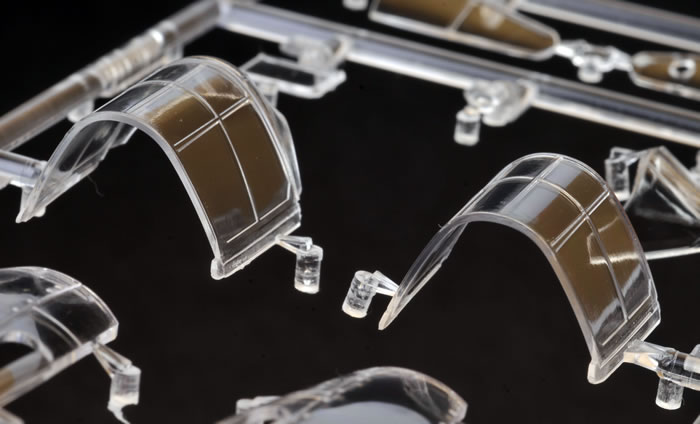
Bronco offers the modeller the choice of open or closed cowl flaps. Unfortunately, for the open option, the individual cowl flaps are moulded too far apart and to compound the problem, the inner flaps are missing altogether, resulting in a gap-toothed appearance.
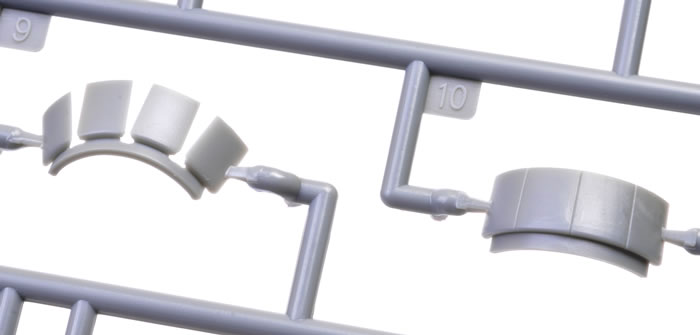
The three radiator inlets taper back to smaller holes. This seems to be the same engineering as the Trumpeter kit, although the radiator faces themselves are the correct sizes and the chin inlet looks good.
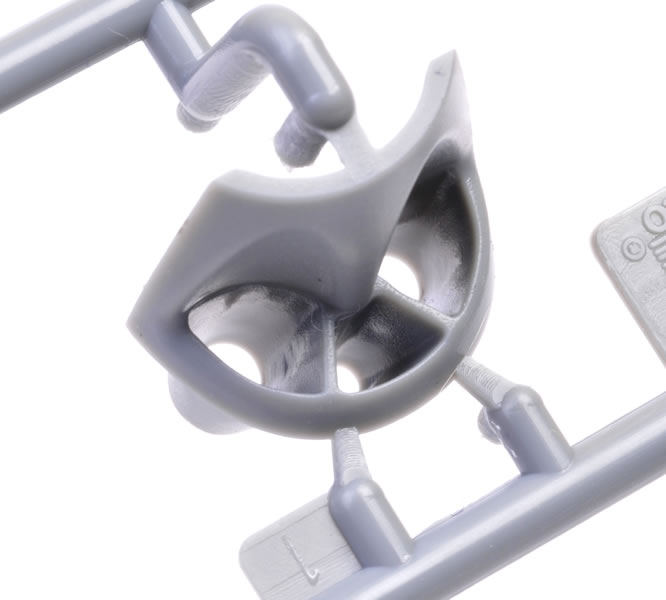
I'm not sure about the propeller blades. They feature a kink at the leading edge that is either too pronounced or should not be there at all, and they look a bit undernourished. Ultracast offers a 1/48 scale Curtiss Electric 10' 9" diameter 89301-6 set of blades for Allison Mustangs, but they should be suitable for this P-40C as well.
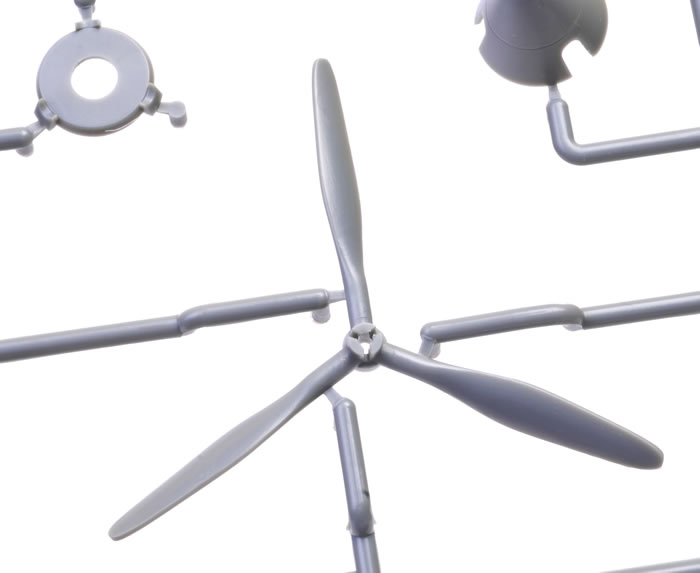
I like the spinner but I think I will knock of the sharp end of the tip with a sanding stick.
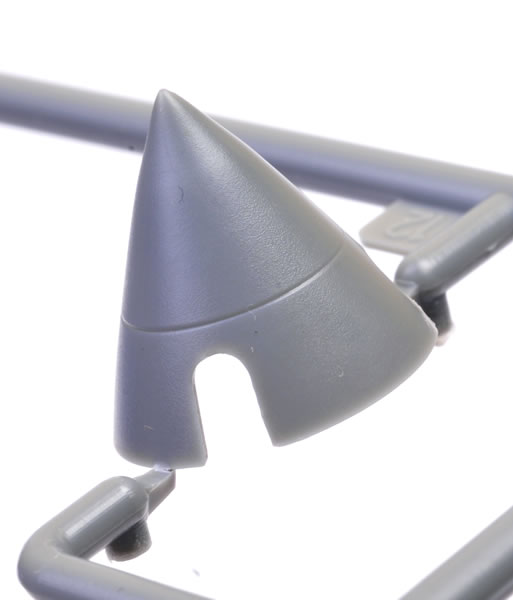
The wheel hubs look a bit large in diameter to me. It will be a simple matter to replace these wheels if you wish.
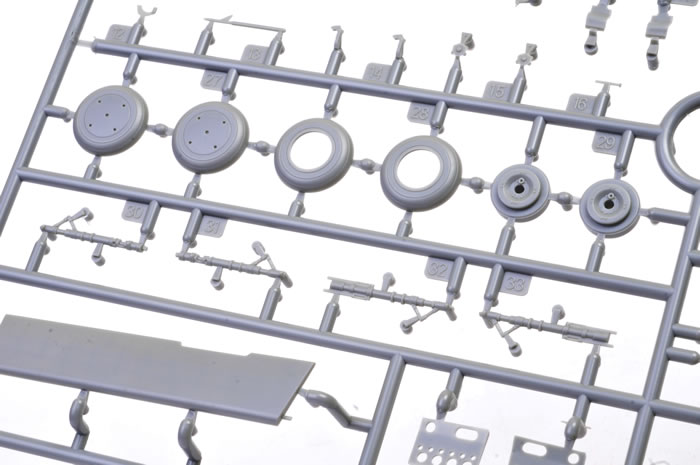
Markings
Markings are supplied for six AVG "Flying Tigers", all with subtly different shark mouths and artwork.
The instructions call out Middle Stone and Dark Green for the upper surfaces but they should be DuPont US equivalents of Dark Earth and Dark Green.
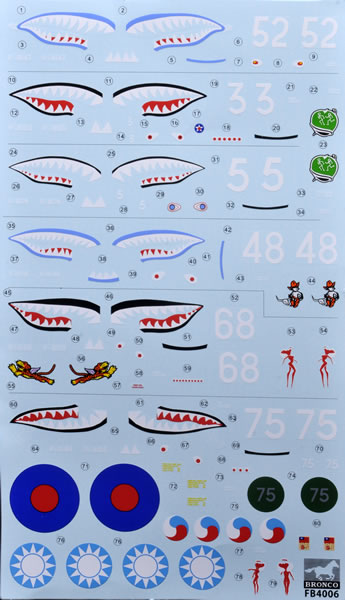
The decals are well printed and in register. The finish is quite flat.
With its high level of detail, state-of-the-art surface textures and relatively modest parts count, Bronco's new kit should be the obvious choice as the best 1/48 scale P-40B/C released to this date.
However, a number of almost inexplicable detail issues draw attention away from the high points.
The shallow cockpit is a particular mystery, as the issue has been discussed ad nauseum since exactly the same problem surfaced in the Trumpeter 1/32 and 1/48 scale kits more than ten years ago.
Bronco's 1/48 scale P-40C is certainly an improvement over the Hobbycraft and Trumpeter kits, but I can't help thinking that it could have been so much better with more careful research and a little consultation.
Even so, for those who worry about these things (myself included), most of the issues can be addressed by the after market and elbow grease.
Recommended, as long as you don't mind a bit of extra work.
Thanks to Bronco for the sample
*Historical background courtesy of Wikipedia
Review Text and Images Copyright © 2016 by Brett Green
Page Created 24 May, 2016
Last updated
25 May, 2016
Back to HyperScale Main Page
Back to Reviews Page

|
Home
| What's New |
Features |
Gallery |
Reviews |
Reference |
Forum |
Search